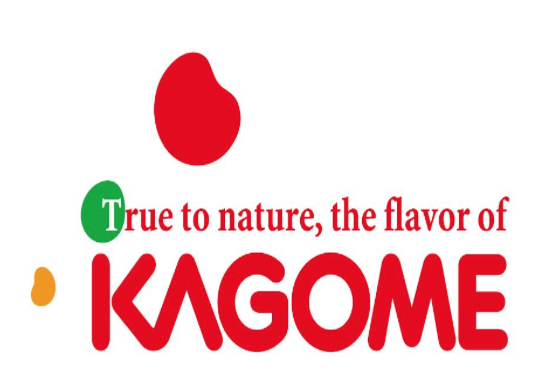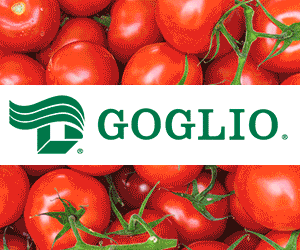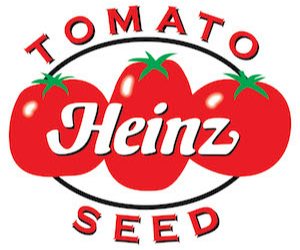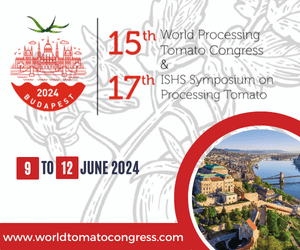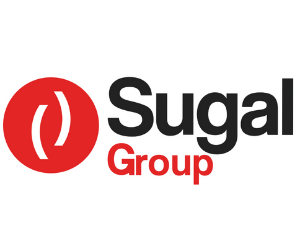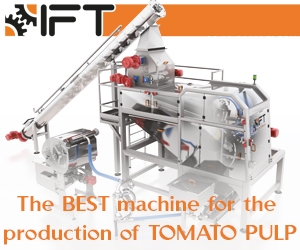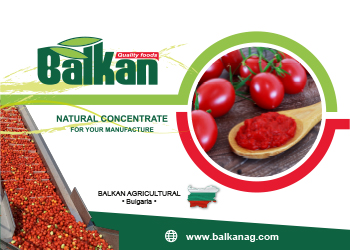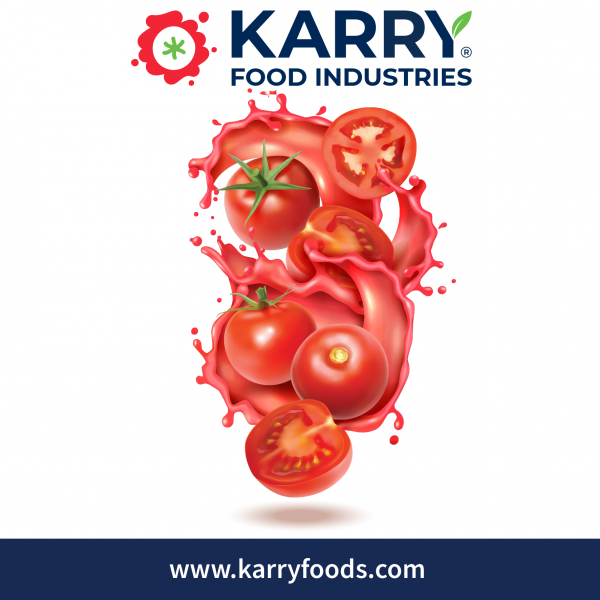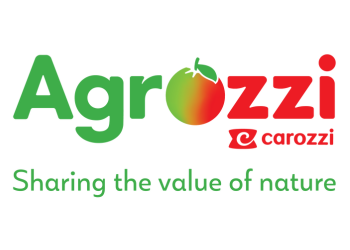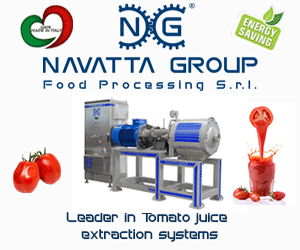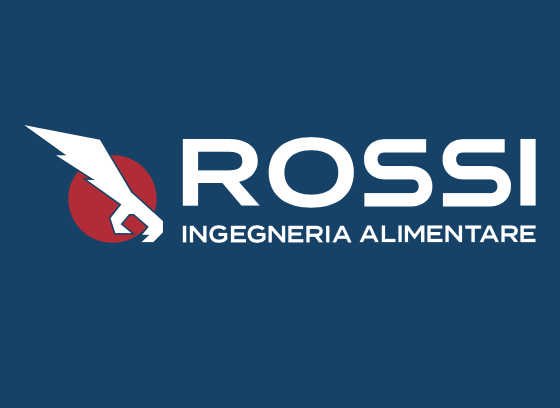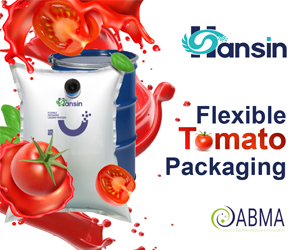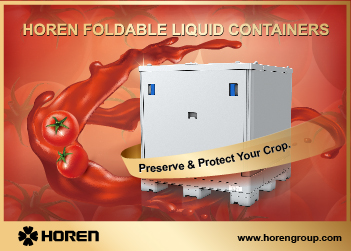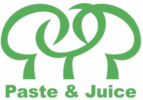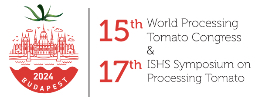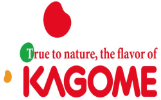Respect for your privacy is our priority
The cookie is a small information file stored in your browser each time you visit our web page.Cookies are useful because they record the history of your activity on our web page. Thus, when you return to the page, it identifies you and configures its content based on your browsing habits, your identity and your preferences.
You may accept cookies or refuse, block or delete cookies, at your convenience. To do this, you can choose from one of the options available on this window or even and if necessary, by configuring your browser.
If you refuse cookies, we can not guarantee the proper functioning of the various features of our web page.
For more information, please read the COOKIES INFORMATION section on our web page.


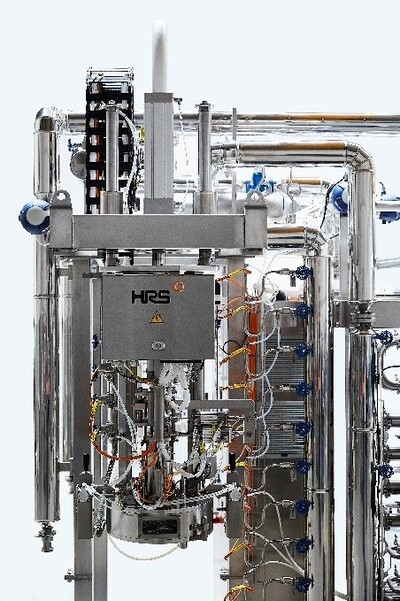 In an aseptic (cold fill) system, the product is pasteurized or sterilized using UHT systems and then cooled immediately. It is then placed in the packaging which has either been pre-sterilized (or is sometimes sterilized at filling). Heat exchangers are generally used for both the heating and cooling processes, enabling efficient heat transfer and the use of heat regeneration to minimize the overall energy requirement. In these situations, “considerable energy is saved by using the hot product’s heat to pre-heat the cold one, and vice versa”.
In an aseptic (cold fill) system, the product is pasteurized or sterilized using UHT systems and then cooled immediately. It is then placed in the packaging which has either been pre-sterilized (or is sometimes sterilized at filling). Heat exchangers are generally used for both the heating and cooling processes, enabling efficient heat transfer and the use of heat regeneration to minimize the overall energy requirement. In these situations, “considerable energy is saved by using the hot product’s heat to pre-heat the cold one, and vice versa”.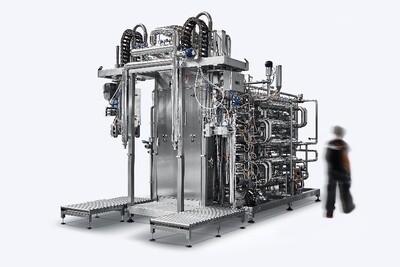 Where the energy footprint of aseptic filling has been compared to hot filling techniques, it has shown that, “the product treatment in hot filling appears to have higher impacts due to the higher energy requirement that occurs during the warming and the chilling phases” and, “in hot filling systems the heat of the treated product cannot be recovered”.
Where the energy footprint of aseptic filling has been compared to hot filling techniques, it has shown that, “the product treatment in hot filling appears to have higher impacts due to the higher energy requirement that occurs during the warming and the chilling phases” and, “in hot filling systems the heat of the treated product cannot be recovered”.